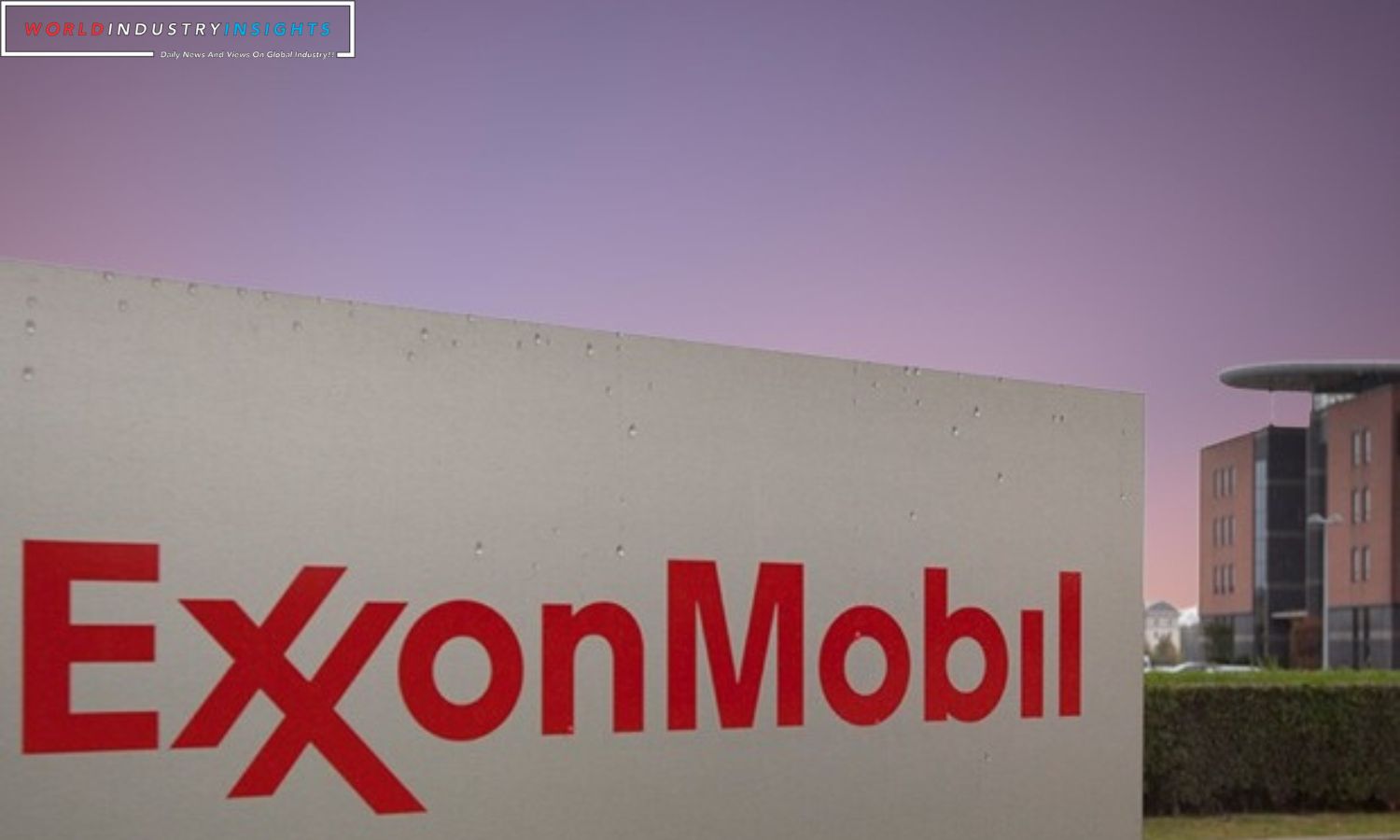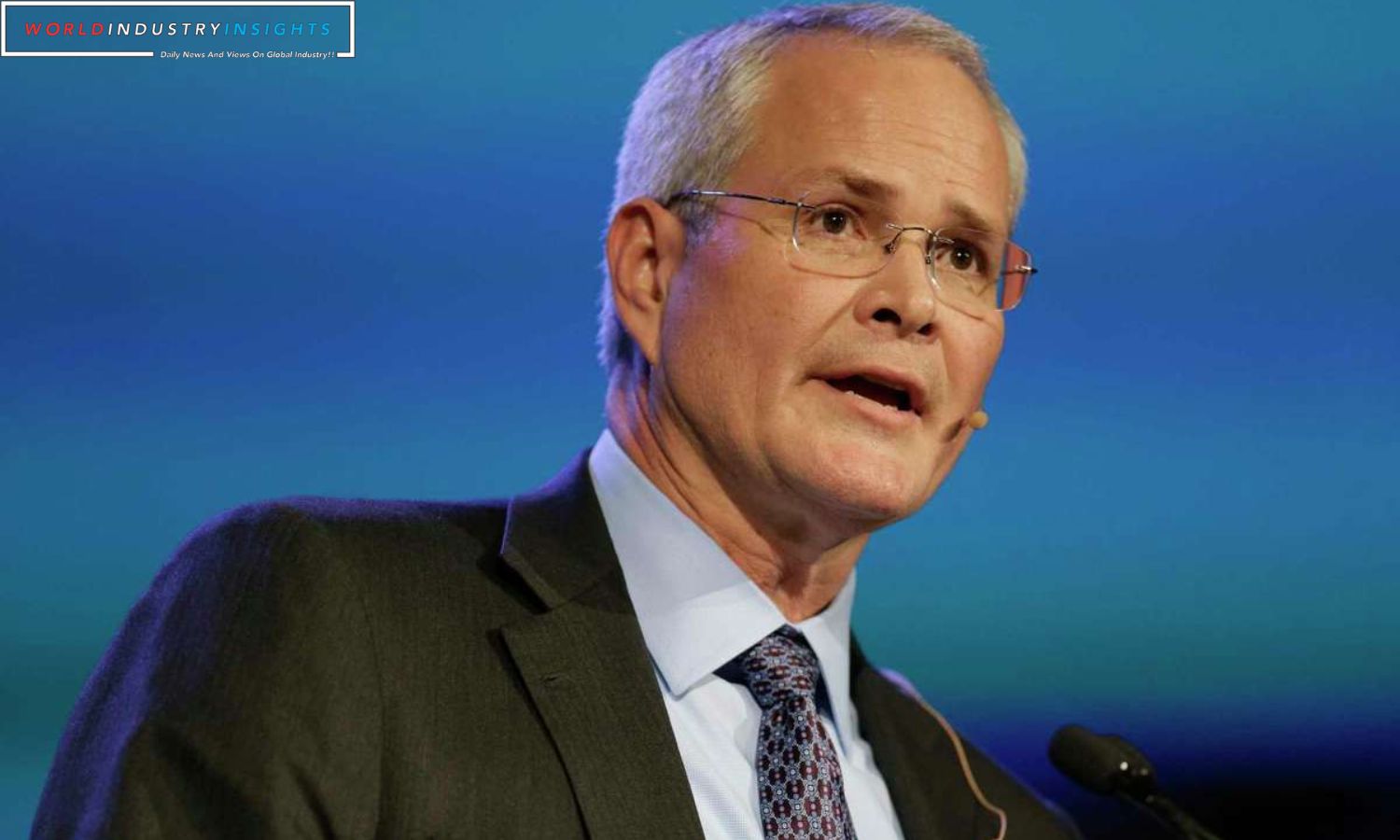Exxon CEO Charts Bold Path: Exxon Mobil CEO, Darren Woods, has weathered a tumultuous first five years, marked by missed oil production targets, investor unrest, and the company’s largest-ever financial loss. However, redemption seemed to come this year when Woods secured a $60 billion deal to acquire shale rival Pioneer Natural Resources, ensuring a consistent supply of crude from the coveted U.S. shale field.
Throughout his tenure, Exxon’s stock has lagged behind Chevron, and the company faced a $22 billion loss in 2020 during the depths of the pandemic. Now, as Woods charts the company’s course forward, he faces perhaps his most significant challengeexecuting a strategy that caters to investors demanding both high returns and lower greenhouse gas emissions.
Woods’ plan seeks to strike a delicate balance between profiting from cost-effective oil barrels closer to home, such as Guyana’s offshore oilfields, and a substantial, multi-billion-dollar commitment to creating and selling decarbonizing services at margins comparable to traditional oil. Speaking at the recent climate summit COP28, Woods articulated his vision, stating, “We can address the emissions without throwing out all the investments that have been made (in oil). Whatever the demand is, we’re competitive. That’s the strategy.”
The CEO has set an ambitious timeline of just four years to deliver on this strategy, and on Wednesday, during an update on Exxon’s capital spending plans and production curve, he is expected to lay out the details for investors. This future vision includes a target of pumping over 4.4 million barrels of oil per day (bpd) by 2027. Achieving this goal will require the deployment of new technology to extract an additional 700,000 bpd or more from existing shale wells.
Read More: Exxon Mobil CEO Fires Back at Climate Critics, Defends Ambitious Carbon Capture Agenda
Woods is also anticipated to provide an updated budget addressing methane leaks, the diminishing future for traditional motor fuels, and the rising prominence of hydrogen fuels and battery-powered electric vehiclesa challenging landscape with complex and costly solutions.
Exxon’s historical strategy of buying assets at peak levels has irked investors in the past. Analysts view Woods’ decision to concentrate future production in two large assets in the Americas as a departure from his expansionist vision of five years ago, where Exxon invested in low-margin, high-risk ventures globally.
One of those ventures was a $4 billion bet in 2017 on drilling rights offshore Brazil, which has yet to yield significant returns. The recent decision to focus on Pioneer and Denbury, a $4.9 billion carbon-pipeline firm acquired by Exxon to underpin its carbon sequestration services, has raised eyebrows. While the acquisition of Guyana’s offshore oilfields was seen as a prudent move, questions linger around the viability of shale and carbon capture and storage projects.
However, Woods has managed to turn skeptics into believers, at least on the climate front. Activist investor Engine No. 1, which led a successful proxy fight against Exxon in 2021, now supports Woods’ agenda, stating, “The path that they’re going down is the path that we thought they should go down.
Woods’ $17 billion bet on decarbonization and hydrogen through 2027 includes the acquisition of Denbury and its 1,300-mile carbon dioxide pipeline network. Exxon plans to link this infrastructure to a hydrogen facility in Texas and over 160 offshore blocks in the Gulf of Mexico, where it intends to bury carbon dioxide. Despite these ambitious plans, challenges loom. Hydrogen and carbon capture are still unregulated, infrastructure is underdeveloped, and profitability remains uncertain. Returns will likely depend on substantial government subsidies.
Exxon’s capital spending on low-carbon technologies is expected to take around 11% of the company’s annualized budget through 2027. While this is roughly half of what European peers invest, it represents a significant shift from just 2.5 years ago when less than 1% of Exxon’s budget was allocated to low-emission projects.
Goldman Sachs analyst Neil Mehta suggests that to prove Woods’ strategy is successful, Exxon would need to generate between $1.7 billion and $3.4 billion in net income from the low-carbon business by 2027. Woods and his team have not specified the targeted year for delivering the promised profits.
As Exxon completes the Pioneer acquisition in the first half of 2024, adding nearly 20% to its oil and gas production, Woods’ vision for a low-carbon future will be under the spotlight. The market awaits confirmation that this strategic shift will not only deliver on profitability but also position Exxon as a leader in a rapidly evolving energy landscape.
Our Reader’s Queries
How much does an Exxon executive make?
ExxonMobil’s top executives are estimated to earn a median compensation of $243,607, which includes their base salary and bonus. This translates to an hourly rate of $117.
How much is the CEO of Exxon worth?
As of December 28, 2023, Darren W Woods, the Chairman and CEO of Exxon Mobil Corp, has an estimated net worth of at least $121 million. This is due to his ownership of approximately 1,207,924 shares of Exxon Mobil Corp (XOM) stock, which is valued at over $121 million. For more information, check out the Latest Holdings Summary section for Darren W Woods.
How old is Darren Woods?
Darren W. Woods, the current President of ExxonMobil, was born in either 1964 or 1965 in Wichita, Kansas. He holds a Bachelor’s degree from Texas A&M University and an MBA from Northwestern University. At 58-59 years old, he has achieved great success in his career.
Who is the new CEO of ExxonMobil?
In a recent interview with ‘Squawk on the Street’, Exxon Mobil’s CEO, Darren Woods, shared his insights on the current state of the oil market. He discussed various topics including oil production and price trends, the $60 billion Pioneer deal, the company’s low carbon business, and the ongoing Venezuela-Guyana dispute. With his vast knowledge and experience in the industry, Woods provided valuable insights into the challenges and opportunities facing the oil sector.



